By Eric Niderost
Lieutenant Colonel George Monro of the 35th Regiment of Foot was a tough Scotsman, a career soldier who had served in the British Army for many years. He was also a realist. Now in command of Fort William Henry, a post that guarded the southern shore of Lake George and the “Great Carrying Place” portage leading to the Hudson River and the heart of New York, Monro faced a besieging force of some 8,000 French soldiers and Indians. His only chance for succor, Fort Edward, lay 16 miles away across deep forests and raging streams, and Monro had to admit that any hope for last-minute reinforcement was growing increasingly remote. The post could not hold much longer. The colonel would have to consider an honorable surrender, however distasteful such an option might be.
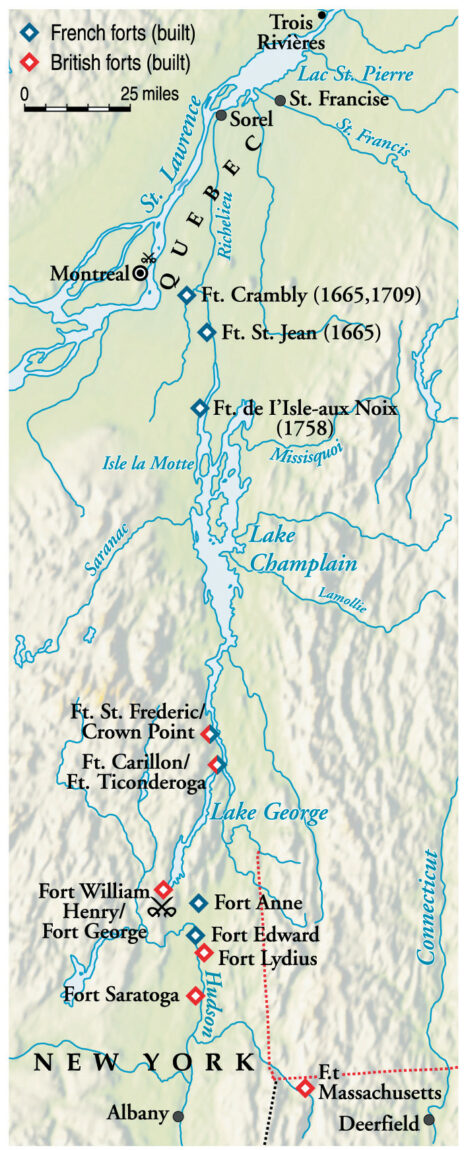
To help him reach a decision, Monro ordered an engineer to make a survey of the fort’s defenses. The walls were still intact, although the northeast and northwest bastions had lost the top three feet of timbers to French artillery fire. Bursting shells had also badly damaged some of the casemates. Supplies and ammunition were running low, and the constant bombardment had robbed the garrison of sleep. In fact, the men had been without rest for the past five nights, and many were almost stupefied.
One fact overrode all the others—French siege trenches were creeping perilously close to the fort’s walls. Soon their cannons would be at almost point-blank range, smashing the walls to kindling—that is, of course, unless shells from French mortars hadn’t already done the job. Monro had to bow to the inevitable. He asked for terms from the French commander, Louis-Joseph, Marquis de Montcalm-Gozon de Saint-Veran.
French terms proved generous, in tribute to a courageous enemy. Full honors of war would be granted, Montcalm informed Monro, and the garrison would not become prisoners. In fact, they would be allowed to withdraw to Fort Edward, weapons and personal belongings intact. But the hundreds of Indians who had allied themselves to the French (and who had not been brought into the surrender negotiations) felt betrayed by their Gallic brothers-in-arms. They wanted something to show for their efforts, including scalps and captives to hold for ransom. Indian anger grew, nursed by real or imagined wrongs. Soon, this seething caldron of anger and cultural misunderstanding would boil over, with horrifying results for all involved. (Read more about the conflicts that shaped the future of North America inside Military Heritage magazine.)
The conflict at Fort William Henry was part of a larger conflict that spanned two continents—Europe and North America. The Seven Years’ War, as it was called in Europe, had its genesis in the struggles between the two superpowers for dominance in the New World. The heart of the French colonial empire was located in Canada, with settlements largely founded in the seventeenth and early eighteenth century. Great French explorers like Rene-Robert Cavelier de la Salle probed west and south, eventually claiming the Mississippi River and its entire drainage for the king of France. While the French established a wilderness empire based on water travel and the fur trade, the British were establishing footholds on the Atlantic seaboard. As the British pushed their way into the interior, they encroached on lands already claimed by France. The stage was set for a series of bloody, if inconclusive, colonial wars.
By 1754, the two superpowers’ attentions had focused on the Ohio Country and the chain of lakes that stretched from Canada to the Hudson River. The French pushed into the Ohio Country, in what is now western Pennsylvania and eastern Ohio, and built a fort where the Allegheny and Monongahela rivers merge to form the Ohio. This was unacceptable to the British, who had land claims of their own in the region. Major General Edward Braddock was dispatched with two regiments of regulars to expel the French from the disputed territory. The subsequent campaign, known to history as “Braddock’s Defeat,” would be a disaster for British arms and a major setback in their efforts to oust the French from North America.
There were other areas of concern as well. The cluster of lakes that spilled down from Canada was a natural highway of trade, but also a potential route of invasion. From Lake Champlain, the French could continue to Lac de St. Sacrement, then manhandle their bateaux across the portage to the mighty Hudson. Albany, the northernmost British outpost, was a scant 50 miles south of the portage. If Albany fell, the way would be open for the French to push on to New York, a small but vitally strategic town. Once the Hudson River line was controlled by the French, New England would be isolated and the British colonies split in two.
It was a nightmare scenario, one the British would do everything in their power to avoid. William Johnson, a colonial trader recently promote to the rank of major general, was to assemble an army and take Fort St. Frederic on Lake Champlain. Johnson had no military experience, and his army would consist of provincial militia from New York and New England. The amateur general did have one advantage—at least it seemed so at the time. Johnson had close ties with the Mohawk tribe, who were part of the powerful Iroquois League of the Six Nations. The Indians knew him as Warraghiygey, roughly translated as “Chief Much Business,” and he was married to Molly Brant, the sister of a prominent Mohawk leader. In recognition of his Native-American ties, Johnson was appointed superintendent of Indian affairs.

Johnson did his best, but Indian response to his overtures proved lukewarm. After much effort, only the Mohawks decided to join, and even they were half-hearted. The backwoods trader found himself beset by a host of problems. He sought advice from his subordinates and often made decisions based on a majority vote in officers’ council. He insisted that the colonial troops be trained in the European style of fighting, which meant standing in ranks and delivering massed volleys in full view of the enemy. Most colonial Americans were used to the Indian style of war, which favored concealment and ambush. “It greatly surprised me,” recalled one New Englander, “to think I must stand still to be shot at.”
There were regional tensions as well. To New Yorkers, their Yankee brethren were sanctimonious prigs, while pious New Englanders were horrified that camp followers and prostitutes were allowed to ply their trade openly. “We are a wicked profane army,” wrote Colonel Ephraim Williams of Massachusetts, “more especially the New York troops.” Taking note of the profanity that assaulted his ears, the colonel complained that were was nothing to be heard from such men but “the language of hell.”
Albany was transformed into a hive of activity as men, supplies, and artillery poured into the provincial town. There were the inevitable delays and jurisdictional squabbles, but eventually everything began to fall into place. The terrible news of Braddock’s defeat reached Johnson toward the end of July. Suddenly his expedition against Fort St. Frederic assumed an even greater importance. Johnson now had about 3,500 effectives, all drawn from colonial militia. No regulars were assigned to the campaign, but Johnson’s army boasted an impressive artillery train, including six 18-pounders and two 32-pounders. To accommodate these artillery pieces, some weighing almost three tons, a wagon road had to be built in the wilderness. The road would also help the passage of troops and supplies.
The French Prepare to Defend What They Consider Their Territory
Major General Phineas Lyman’s advance party of some 1,400 men started constructing the wilderness road, but they soon found the slowing painfully slow. The region was thickly carpeted with old-growth trees and choked with underbrush. The work was backbreaking, even to men accustomed to hardship, and the August weather was stiflingly hot. The sweating axmen finally reached the Great Carrying Place, rejoicing that the first stage of their labors was done. The rest of the army followed, reaching the portage by mid-August 1755. Johnson was receiving disturbing reports that the French were sending fresh supplies and reinforcements to Fort St. Frederic, his intended target, but the wily Irishman still radiated confidence.
Johnson pushed on to the southern end of Lac St. Sacrement, which he promptly dubbed Lake George. The fledgling commander also ordered that a new post, which he named Fort Edward, be constructed on the Hudson River end of the Great Carrying Place. It was getting late in the season for a major attack, and there was a crippling lack of boats. It was better to dig in, consolidate the gains won thus far, and wait for a better time to renew the offensive. Plans were begun to build a fort at Lake George, which would be named Fort William Henry.

The French were not about to stand idly by while enemy forces advanced into what they considered their territory. A new governor-general had recently arrived in Quebec, a man who had a reputation for being tough and ruthless. Pierre de Rigaud de Cavagnial, marquis de Vaudreuil, was determined to oust the British from “French” soil. In the months to come an even greater figure would arrive in New France, an officer destined to become the controversial victor at Fort William Henry. Louis-Joseph, marquis de Montcalm-Gozon de Saint-Veran, had a quick temper but a keen intelligence. Pint-sized and pugnacious, it was said that the Indians, in particular, were amazed that such charisma could emanate from a man so short in stature. Above all, Montcalm was a gentleman of the old school, honorable and honest, someone who did not give his word lightly. While he appreciated their usefulness to the French cause, Montcalm was privately contemptuous of Native Americans, whom he considered little better than painted savages.
In the late summer of 1755, Moncalm’s meteoric rise was still in the future. For now, the French watched Johnson’s advances with a growing concern. Jean-Armand, Baron de Dieskau, the commander at Fort St. Frederic, decided to attack the British before cold weather put an end to active campaigning. The result was the Battle of Lake George, fought on September 8, 1755. Hostilities began when the French and Indians tried to ambush a party of Johnson’s men. The plan miscarried, allowing the British and their Mohawk allies an avenue of escape, but the colonial militiamen were badly shaken and began to flee in disorder. The great Mohawk sachem Theyanoguin, known to the whites as King Hendrick, died in the early stages of the fighting. Colonel Williams of Massachusetts tried to rally the men and dislodge the Indians but was killed in the attempt.
This first encounter, afterward known as “the Bloody Scout,” seemed to presage disaster for the British. The colonial militia suffered 50 killed and 22 wounded, while the Mohawk lost some 30 warriors. Casualties would have been higher but for the steady courage of the Mohawks, who skillfully covered the retreat. As it was, panic-stricken survivors ran into the main camp, one eyewitness recalled, “with all the marks of horror and fear in their countenances, exaggerating the number of the enemy.”
It was plain to all that Johnson’s camp on Lake George was the enemy’s next intended target. Fort William Henry was still in the planning stages, so Johnson had to fall back on an improvised defense. The camp was encircled by a breastwork of logs, mainly cast-off detritus from when the area was initially cleared of trees. More a boundary than a barrier, the breastworks were only about two or three feet high. Johnson and his officers had to hurriedly improvise. His team created a makeshift wall from overturned supply wagons and boats hauled in from the lakeshore. Johnson had four cannons, including a powerful 32-pounder, to help the defense. Many of the militiamen had gone into hiding after the Bloody Scout, but perhaps 1,700 rallied to Johnson’s call.
Dieskau attacked at once, even though many of his Indians and French Canadians balked at assaulting an entrenched position bristling with cannons. Undeterred, Dieskau spearheaded his offensive with 220 grenadiers, regular soldiers who could be called upon to launch an almost suicidal attack without flinching. The grenadiers formed up and advanced with bayonets fixed. British and colonial Americans, relatively safe behind their makeshift barrier, poured a heavy fire into the white-coated ranks.

British musket fire felled many brave Frenchmen, but it was the cannons that did the most terrible execution. Cannonballs plowed though the French ranks, disemboweling and lopping off limbs with horrifying ease. Gore-splattered survivors tried to press on, but eventually were forced to fall back. Ill-trained American militiamen fighting behind a breastwork proved themselves more than a match for European regulars. The battle raged for four hours, ebbing and flowing as French and Indians sniped at the British encampment in a vain attempt to find a weakness. Exhausted and frustrated, the French and Indians finally broke off the attack and retreated all the way back to Crown Point.
An eleventh-hour sortie by American militiamen speeded the French withdrawal. As the colonials advanced they captured Baron Dieskau, lying wounded in the woods. Johnson also had been wounded, taking a musket ball in the thigh. The Battle of Lake George was a British victory, but it was clear the French would try again at a later time. Work on the planned Lake George fort was soon well in hand.
Fort William Henry was designed by a British engineer, Captain William Eyre of the 44th Regiment of Foot. Eyre’s choice of a site showed careful planning. The fort was placed on a sandy hillock some 20 feet high, with good views of the lake beyond. The French could not land at the lakeshore without coming into range of the fort’s guns. Swampy ground to the west and east formed a of natural moat that would prevent French cannon from getting too close to the fort’s walls. The fort was a well-constructed post, built along European lines. The fort proper featured four diamond-shaped bastions that would be mounted by cannons. The walls were 30 feet thick, consisting of packed beach sand faced by logs. The log-and-sand combination was specially designed to absorb the impact of cannonballs, although the fort would still be vulnerable to mortar fire lobbed over the walls.
French-Backing Indians Broke into the Fort and Went Berserk, Pillaging Without Stint and Killing Without Mercy
The interior featured four log barracks, two stories high, with external casemates. All in all, Fort William Henry was quite sophisticated for a British colonial post. The fort was officially completed on November 13, 1755. The garrison settled in, but life at Fort William Henry was anything but routine. Sanitary conditions were primitive at best, with one solitary “necessary”—outhouse privy—at the northwest corner of the fort. Lacking the discipline of the regulars, the colonials were dirty and slovenly, and diseases like smallpox soon raged through the camp. The fort itself was small, accommodating between 400 and 500 men. The bulk of the garrison had to live in an entrenched camp perched on a rocky hilltop about 750 yards from the main works. Perhaps 1,800 men were garrisoned at the camp.
In 1756, Montcalm arrived in Canada, and his dynamic leadership soon gave new life and vigor to the French cause. For the moment, the French ignored Fort William Henry, focusing instead on Fort Oswego, an isolated British post on Lake Ontario, about 160 miles west of Albany. Although a small fort, it was a thorn on the French side and loomed large in Montcalm’s overall strategy for 1756. In mid-August, the marquis pounced on Oswego like a hungry mountain lion. The British post fell after a brief cannonade, its defenses compromised by bad luck and too-little, too-late preparations. The nearly bloodless victory added to Montcalm’s laurels, but the aftermath proved far less glorious. French-backing Indians broke into the fort and went berserk, pillaging without stint and killing without mercy. About 100 British prisoners, including many sick and wounded, were murdered.

Montcalm was distressed by the events and did his best to gloss over them. He was a newcomer to America, he said, and not used to the conventions of Indian warfare. Stories of Oswego spread far and wide, encouraging warriors to enlist in the next campaign. Indian men went to war for prestige and profit; they wanted something to show for the hardships and dangers they faced. Scalps and plunder were visible tokens of success, tangible tokens of intangible virtues such as courage and skill in battle. Captives, too, were sought, because they could be either adopted to make up for tribal losses, tortured to death in revenge, or ransomed for a tidy profit. A warrior who came home empty-handed was a fool worthy of contempt, a disgrace to his manhood.
With the fall of Fort Oswego, the garrison at Fort William Henry was aware that something dangerous was in the wind, although intelligence was scanty and contradictory. Montcalm withdrew to Ticonderoga for the winter, already plotting his next moves. Meanwhile, the English post was taken over by Lt. Col. George Monro. The garrison welcomed five companies of Monro’s own 35th Foot, a veteran regiment weakened by too many new recruits. The regulars were supplemented by colonial militiamen drawn mainly from New York, New Jersey, and New Hampshire. Altogether, Monro had in hand some 2,372 men, a figure than did not include 100 or more soldiers’ wives and assorted other camp followers.
Monro counted on help from Maj. Gen. Daniel Webb’s 2,500 regulars and militia at Fort Edward, 16 miles away. The French had raided Fort William Henry in February 1757, prior to Monro’s arrival, but had been easily beaten off. It was clear that the raid was only a curtain-raiser of a major French summer campaign. Webb was particularly disturbed by wild-eyed reports that the French forces now numbered around 11,000 men. The figures were exaggerated—but not by much. Montcalm, at Ticonderoga, was busy conducting the greatest recruiting drive in Native American history. When war belts were passed among the tribes, announcing the upcoming offensive, the Indians responded with alacrity, motivated by word that the French would permit ransoming of English prisoners and rumors that the enemy garrison was “swimming in brandy.” Eventually some 1,600 Native Americans assembled at Ticonderoga, drawn from 33 different tribes. The Indian host included members of the Abenaki, Ottawa, Ojibwa (Chippewa), Potawatomi, Winnebago, Sauk and Fox, Iowa, and Menominee tribes. There was even a contingent of Caughnawaga, close relatives of the Iroquois.
By August, preparations were complete. Montcalm’s army consisted of around 8,000 men and a large artillery train. The Indians, as advance scouts, would play a major role in harassing the enemy and neutralizing any British-favoring natives in the area. But when all was said and done, the upcoming offensive against Fort William Henry would be a European affair, fought by European professionals using standard European methods of siege warfare.
This emphasis on European methods made the troupes de terre—French regulars—a crucial element in Montcalm’s army. The roster included some of the oldest and proudest regiments of the French military establishment. The basic uniform included a gray-white coat with colorful facings and distinctive positioning of buttons and pockets to promoted regiment pride and esprit de corps. The 2,570 regulars were augmented by Canadian units, including the famous Compagnies Franches de la Marine. Recruited in France and trained in Canada, they were officered by French Canadians and reputed to be some of the toughest fighters in the army. In summer they abandoned the standard white infantry tunic, preferring a blue long-sleeved waistcoat instead. In this they were luckier than some of their regular counterparts, whose long-sleeved scarlet waistcoats could be mistaken for the red-coated enemy.
On August 2, Montcalm’s army appeared on the lake, a huge armada of boats that seemed to fill the horizon. Not everyone traveled by boat; about one-third of the army marched along the west shore of Lake George. The French landed without opposition, and soon Fort William Henry was surrounded. Montcalm’s main camp was set up near the west side of the lake, three-quarters of a mile from the fort proper. Picks and spades were broken out, and work started on the first siege trench about 700 yards from William Henry. Wooden, earth-filled galbions, and brush fascines protected the diggers from British cannon fire. Fort William Henry was going to be a tough nut to crack. No less than 18 cannons poked out of fort embrasures, ordinance that fired cannonballs ranging from nine to 32 pounds. This was augmented by 13 swivel guns, two mortars, and a howitzer.

Fort cannons, especially on the northeast bastion, did all they could to harass the diggers and delay construction of the siege lines. The southeast bastion was also busy, blasting salvoes at the Indians, who continually sniped at the fort with musket fire. During a lull in the fighting, Montcalm formally sent a message to Monro under a flag of truce. A blood-red banner was used, so as not to confuse a flag of truce with the French national colors. The missive was a blend of formal courtesy and veiled threat typical of the eighteenth century. “I have it yet in my power to restrain the savages,” Montcalm promised, “and oblige them to observe a capitulation.” The call to surrender was politely brushed aside, as Montcalm expected it to be. No soldier worth his salt would capitulate so soon—honor dictated a resistance of several days.
The next two or three days were grim ones for the beleaguered garrison. The British camp saw its fair share of the action, exchanging musket fire with swarming Indian warriors. Several sorties managed to push the natives back, but once the garrison returned to camp, the Indians emerged and began their musket fire all over again. It took several days for French cannons and mortars to be offloaded from rafts and manhandled up to the siege lines, but by August 6 all was ready. The French artillery opened fire, while the fort’s guns flamed in counterbattery. Gouts of red-yellow flame and clouds of gray-powder smoke belched from the opposing cannons, whose thunderous blasts kicked the ordinance back on their trails with each report. French mortar shells shot high into the sky and came down with a deadly accuracy. When a lucky French shot carried away the fort’s flagstaff, a carpenter rushed forward to effect repairs. A moment later the carpenter’s head was taken off by a cannonball, leaving only a flailing corpse whose shattered neck sprayed jets of blood. It did not pay to expose oneself under any circumstances.
Montcalm—Master of Psychological Warfare
Several of Monro’s messages pleading for help managed to reach Fort Edward, but Webb was unsure what to do. He still believed the exaggerated reports that Montcalm had 11,000 men. If Fort William Henry fell, which was likely, Fort Edward would be New York colony’s last remaining defense against French invasion. On August 4, Webb sent three rangers with a message to Monro, but the trio was ambushed by a Caughnawaga warrior named Kanectagon, who killed and scalped one of the rangers and took a second prisoner (the third man escaped into the woods). Kanectagon returned to Montcalm in triumph, proudly handing over the letter, which was stained with the courier’s blood. Webb’s message was a pessimistic one, exaggerating the numbers in the French army and telling Monro frankly that he could expect no help. The general further advised his subordinate to get the best terms he could from the French—an oblique way of telling him to surrender.
Montcalm was a master of psychological warfare. Before he sent Webb’s letter to be delivered, the marquis decided that the British must be softened up with a heavy bombardment. On August 7, French batteries opened up with 17 cannons, two mortars and two howitzers—a storm of metal that caused the very ground to shake and the air to rumble with unnatural thunder. After three hours of heavy punishment, Montcalm called a cease-fire and sent another envoy to Monro under a flag of truce. The French messenger carried Webb’s letter, which he hand-delivered to the doughty Scots colonel. Despite the disheartening message, Monro still refused to discuss surrender, and the siege dragged on.
The next day the British were greeted by an unpleasant sight: a new trench line that edged around the fort’s garden and was only around 320 yards from the walls. In the last few days William Henry’s guns had given a good account of themselves, but constant firing was producing metal fatigue. One by one the guns burst, reducing the post’s overall firepower. Ammunition and supplies were also running low. Monro held an officers’ council and discussed both the fort’s condition and the garrison’s options. There was little or no possibility of relief, and French guns could now fire into the fort almost without opposition. Their position, in short, was untenable. Monro had held out six days, more than enough time to uphold the honor of the British Army. It was now time to discuss capitulation.

Montcalm’s terms were predictably generous. The garrison would not be taken prisoner; on the contrary, they would be allowed to go back to Fort Edward with the full honors of war. Generally, this meant a parade march with drums beating and flags flying. The garrison would be allowed to keep personal effects and be fully armed. The troops serving at Fort William Henry were required to give their parole, their word that they would not fight the French for another 18 months. In token of their brave defense, the garrison would be allowed to take one cannon with them.
It was all in keeping with the established rules of civilized warfare, but in signing the capitulation, Montcalm totally ignored the customs of his Indian allies. The marquis assembled the chiefs from the various tribes and told them through interpreters that they must honor the terms of the surrender. Something must have been lost in the translation. The chiefs duly agreed to restrain their young men, but chiefs in Indian society were figures with little real power. They could try and set an example, cajole, or admonish, but no warrior was required to obey them. Most warriors felt betrayed by the terms of capitulation. The British were being allowed to escape scot-free and were not to be robbed or otherwise molested. Warriors were permitted to carry off only that which was not specifically considered personal belongings or government stores. That meant they might be able to seize a horse or two, or whatever might be lying about, but the pickings looked decidedly slim. Indian emotions started to rise, a smoldering tinderbox of anger and resentment that threatened to burst into flame at any moment.
The first stage of the surrender required the 450 troops in the fort to abandon the post and join their comrades at the entrenched camp. A French detachment appeared to take formal possession of William Henry and escort the men to the nearby camp. As the redcoats filed out, Indian warriors suddenly rushed through the gate and began scouring the post for booty. They quickly discovered some 30 sick and 40 wounded who were too badly injured to move. Shouts of “Help!” and “Murder!” could be heard as Indians fell on their helpless victims. Several men were wantonly killed, their bloody scalps collected as grisly trophies. One of the victims was decapitated, and his killer was seen carrying the head around with him as a trophy.
It was a foretaste of what was to come. Not content with live victims, rampaging Indians swept into the cemetery and began digging up British and American corpses of those who had died during the siege. From the Indian point of view, there were scalps to be had, and a corpse’s red coat made an attractive trophy. Unfortunately for the Indians, their greed proved their undoing. Many of those buried were people who had died of smallpox. Warriors who gleefully dug up bodies carried smallpox germs back to their home villages with them. A massive smallpox epidemic spread though the Great Lakes area, and the Potawatomi were almost wiped out by the deadly scourge.
The Indian’s “Hell Whoop”was the Signal to Begin the Massacre of the American Colonials
In an effort to prevent a massacre, Monro, with Montcalm’s approval, decided to march to Fort Edward at midnight. Then, perhaps, the British and American colonials could escape under the cover of darkness. Unfortunately, the Indians were on a nocturnal prowl, and the chances of slipping past them slim. Monro bowed to the enviable and agreed to an early-morning departure instead. The British spent a sleepless night hoping for the dawn, yet dreading what the early morning might bring. When dawn finally broke, Monro’s 35th Foot and the Royal Artillery led a vanguard out of the encampment, the procession accompanied by a small French escort. Indians began to appear on the fringe in ever-increasing numbers, boldly coming up to the redcoats and stripping packs and weapons from them with impunity.

The British regulars were comparatively lucky. A few were stripped of outer clothing and their possessions plundered, but on the whole they escaped relatively intact. Back at the encampment, colonial militia troops fared much worse. Warriors ran into the camp, dragged out some of the wounded, and hatcheted them in full view of their horrified comrades. British Indians in the colonial ranks were seized and dragged off to an unknown—but likely hideous—fate. African Americans were also taken out of the ranks and claimed as property by the Indians, who cared little if they were legally free or not.
The attacks increased as American colonials filed out of the encampment and stared their way down the road to Fort Edward. A loud war whoop split the air, the much-dread “hell whoop” of the Indians that presaged a general signal for massacre. The rear of the column suffered most, especially stragglers and camp followers. Tomahawks bit into skulls, the blows accompanied by the sickening thuds as metal dug into human flesh and bone. The wanton killing, terrible as it was, lasted only a few minutes. Scalps were one thing, but live prisoners could be ransomed and fetch a good price in Canada. Probably a few more were killed, especially if they resisted, but many more were simply seized, bound, and carried off as captives.
When Montcalm heard of the massacre he made every effort to personally intervene. The killing was over by the time he arrived, but Montcalm demonstrated great courage as he recovered prisoners who had been taken as Indian captives. Other Frenchmen did the same, including rescuing an officer named Adam Williamson who was stark naked and in a pitiful condition. General Webb, who had at last exerted himself enough to send pickets down the road to meet the expected arrival of the paroled prisoners, reported that he saw only “about 30 of our people coming running down the hill out of the woods along the road that comes from William Henry, mostly stripped to their shirts and breeches, many without shirts.”
Eventually, the Fort William Henry survivors made it back to Fort Edward. Monro and his senior officers were held at the French camp, where they were kept until their old fort was razed to the ground. Once William Henry was destroyed, Monro and some 500 garrison soldiers, wives, and others were escorted back to Fort Edward on August 15. Around 500 captives were ransomed by the French, but by the end of the year some 300 were still listed as missing, a figure that did not include an unknown number of sutlers, wives, and camp followers not officially listed on company rosters. Some may have simply drifted away, gone home, or died in captivity. At least 40 captives later refused to leave their new Indian families, even after the French offered to ransom them back to the English.
Montcalm returned to Ticonderoga and took some pains to explain how the massacre had occurred on his watch. With typical Gallic hauteur, he blamed the victims themselves, saying the incident would not have happened if the British had not given rum to the Indians, an explanation that strains credulity past the breaking point. Furthermore, he said, the British and colonials would have remained safe if they had followed orders and not panicked and run away—another doubtful excuse given the understandable human reflex to flee when confronted by a tomahawk-wielding, drunken Indian warrior. More accurately, the marquis said he simply could not restrain “3,000 Indians of 33 different nations.”
The massacre at Fort William Henry created a sensation in the British colonies, and tales of atrocities grew worse with each retelling. It soon became an accepted fact that 1,500 people had been brutally slaughtered. Exhaustive research, however, lists only 185 fatalities, although the true figure was probably greater, given the undocumented fate of so many camp followers. Whatever the real figure, the massacre at Fort William Henry remains one of the most sordid episodes of early American history, a tragic tale of cultural misunderstanding and fatal cross-purposes.

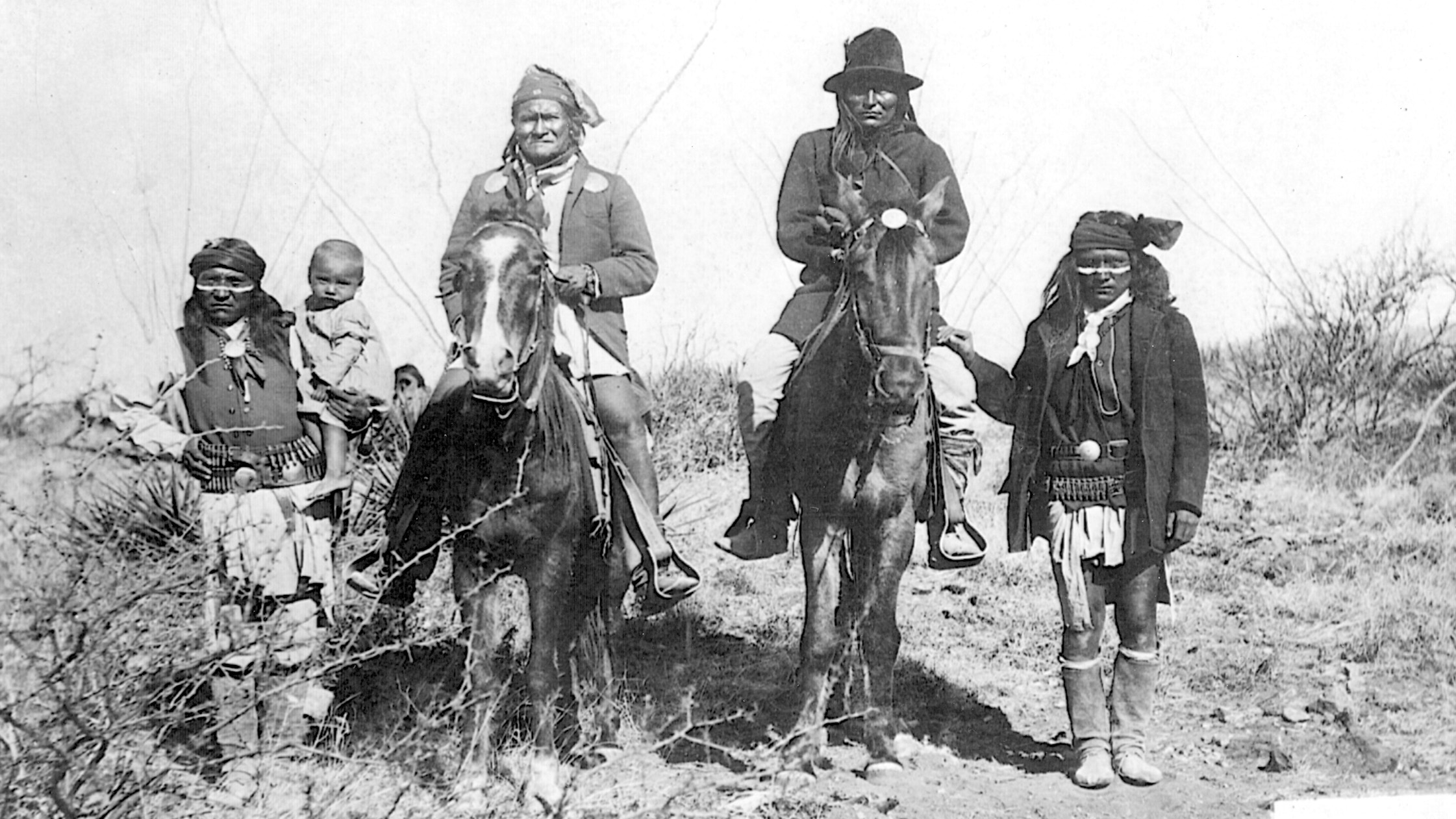
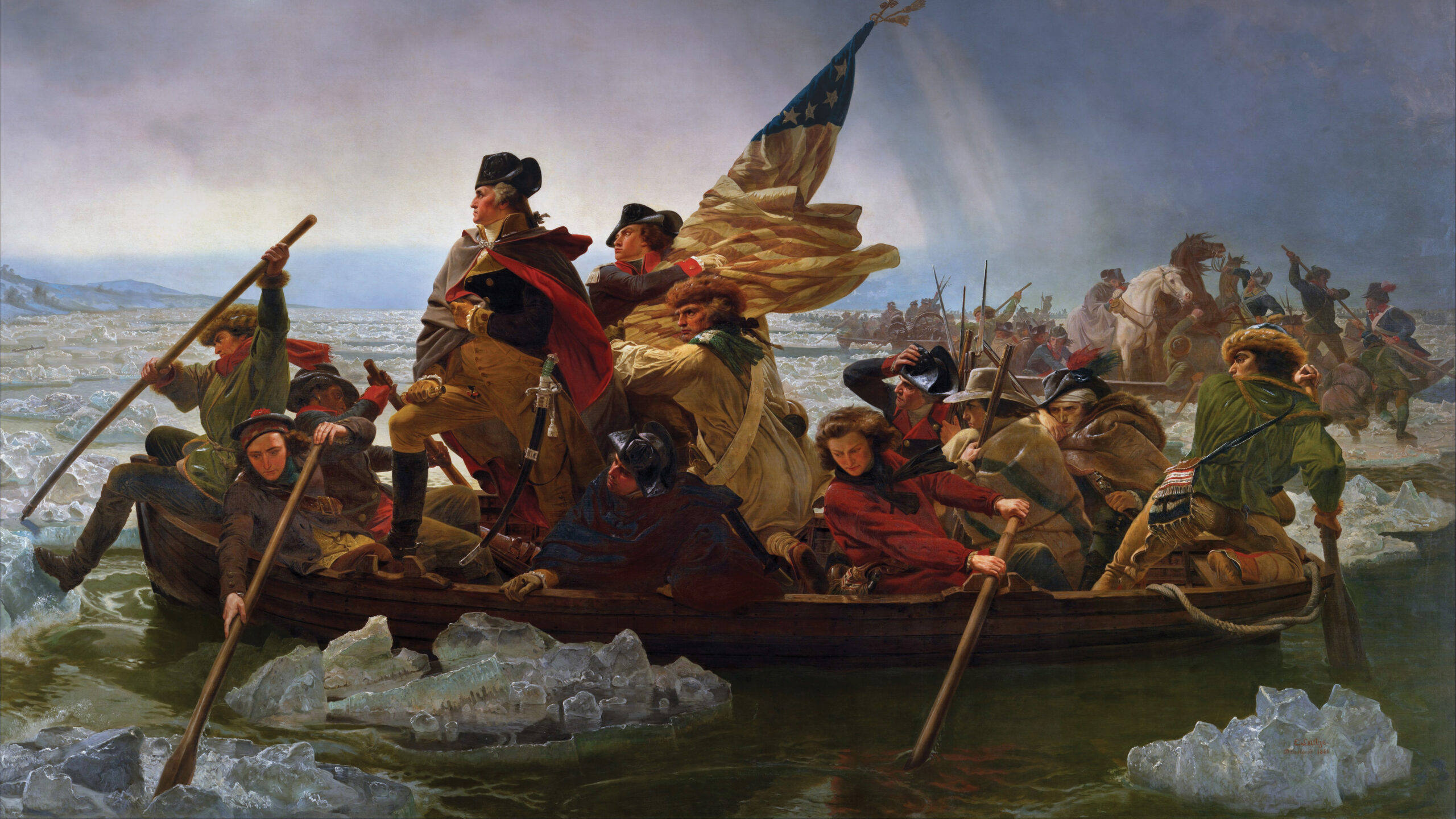

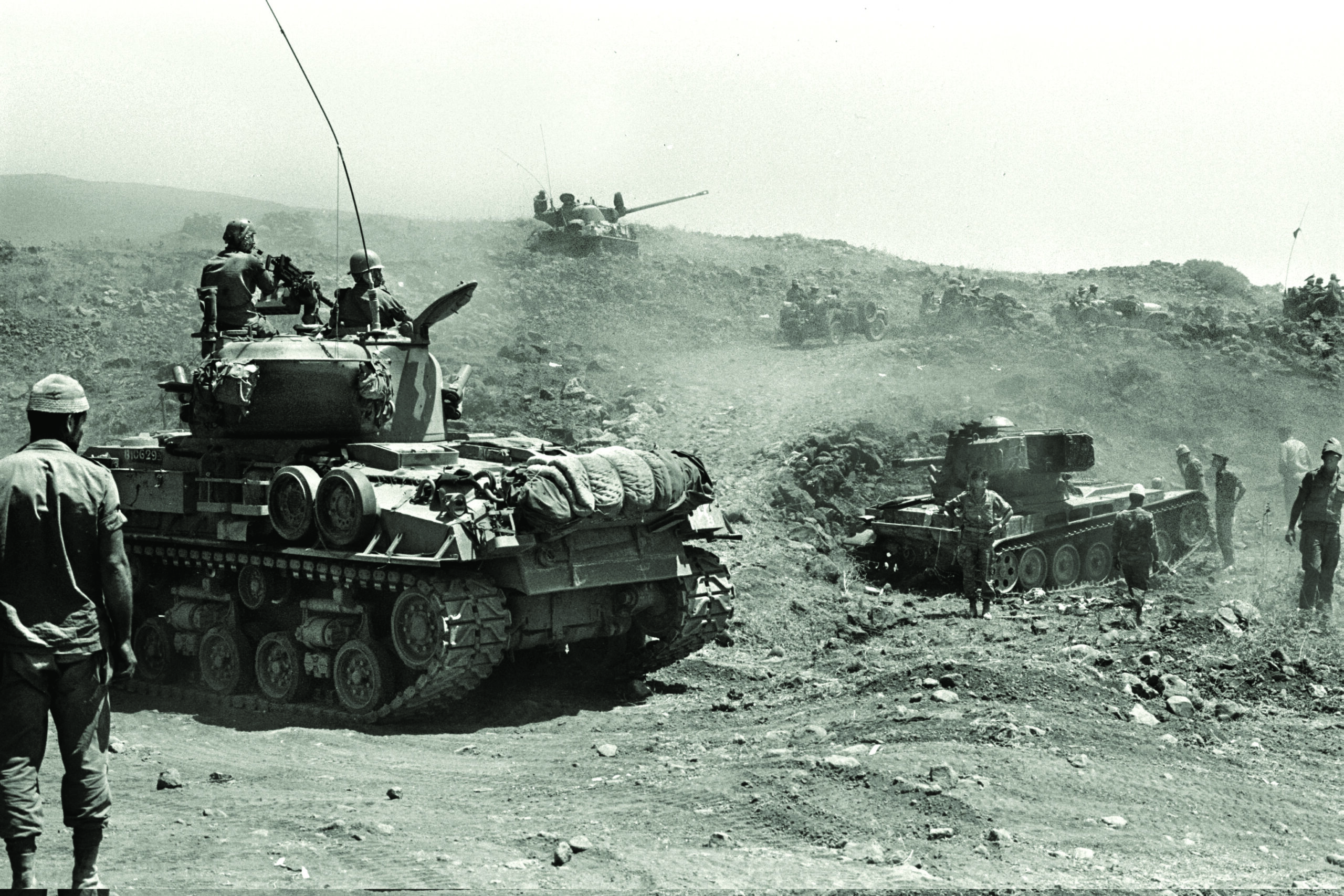
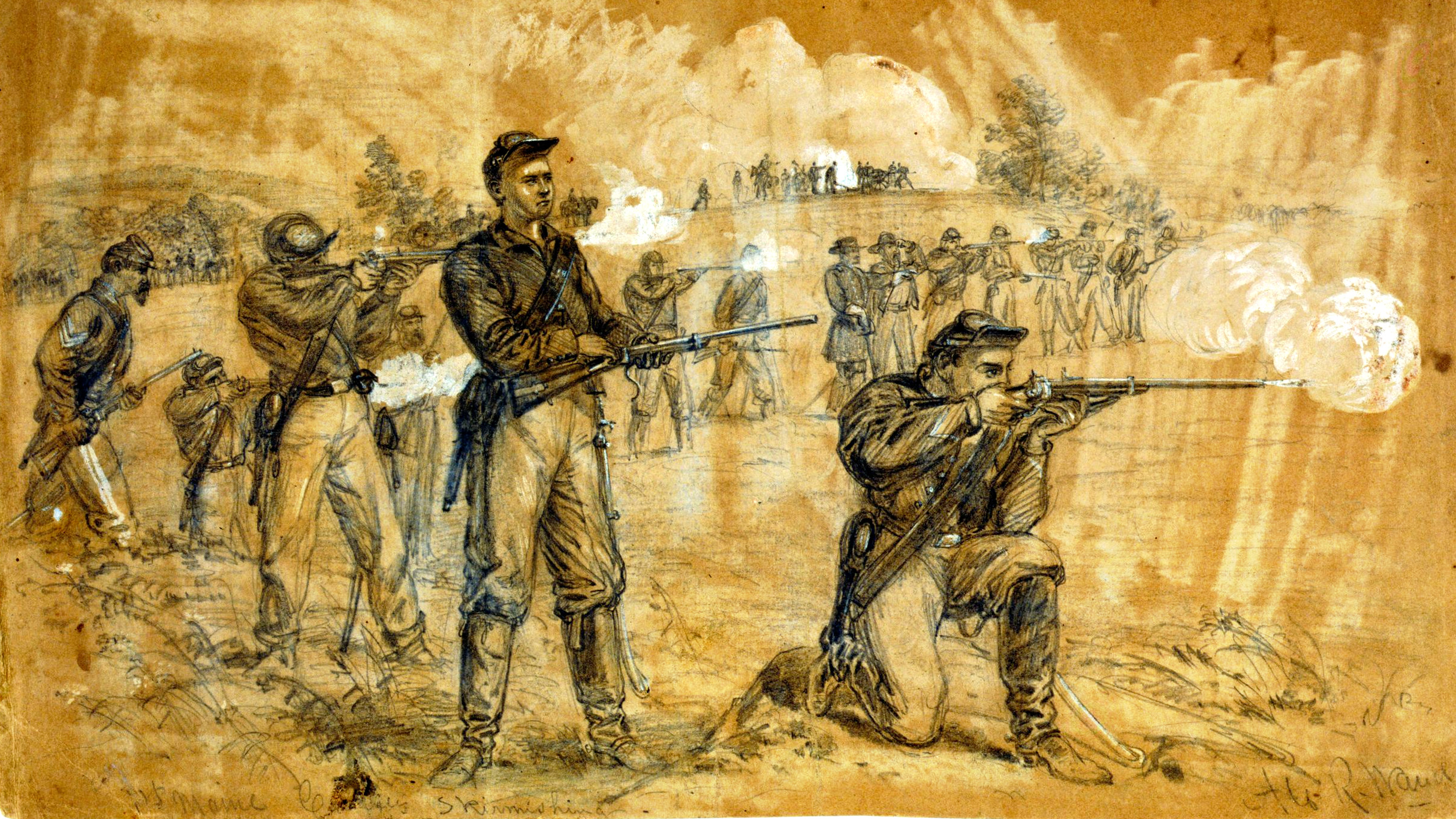
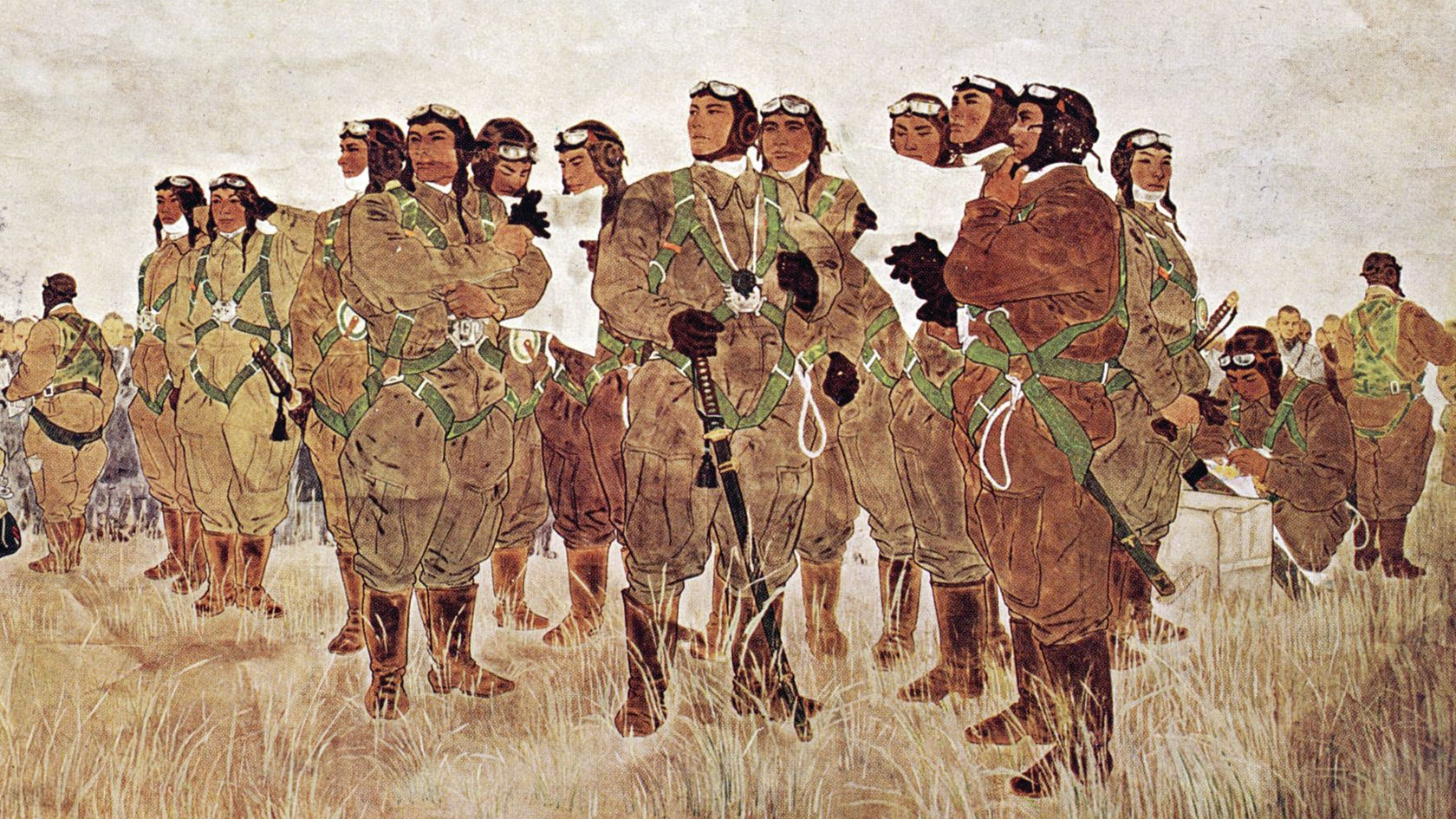
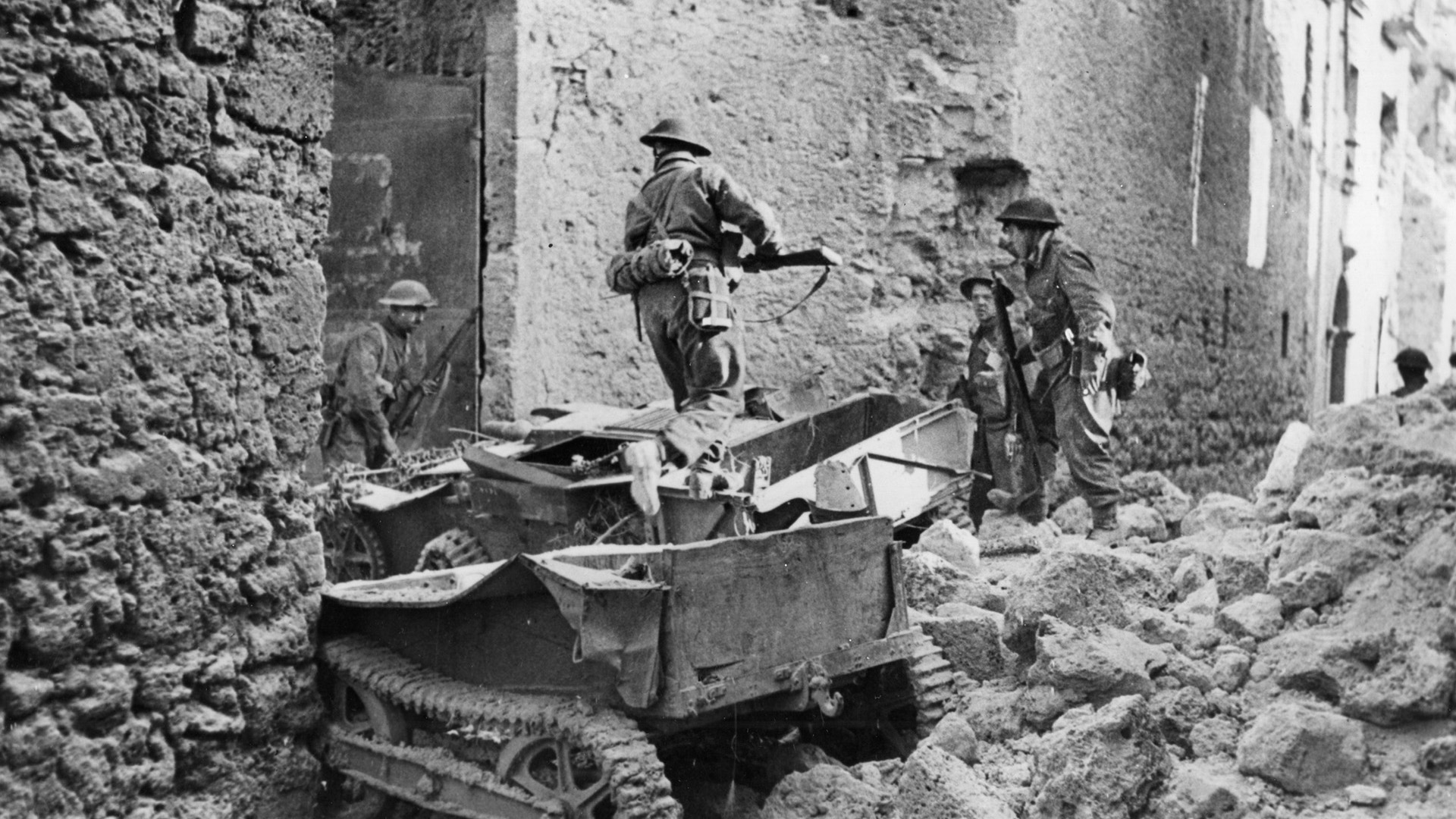
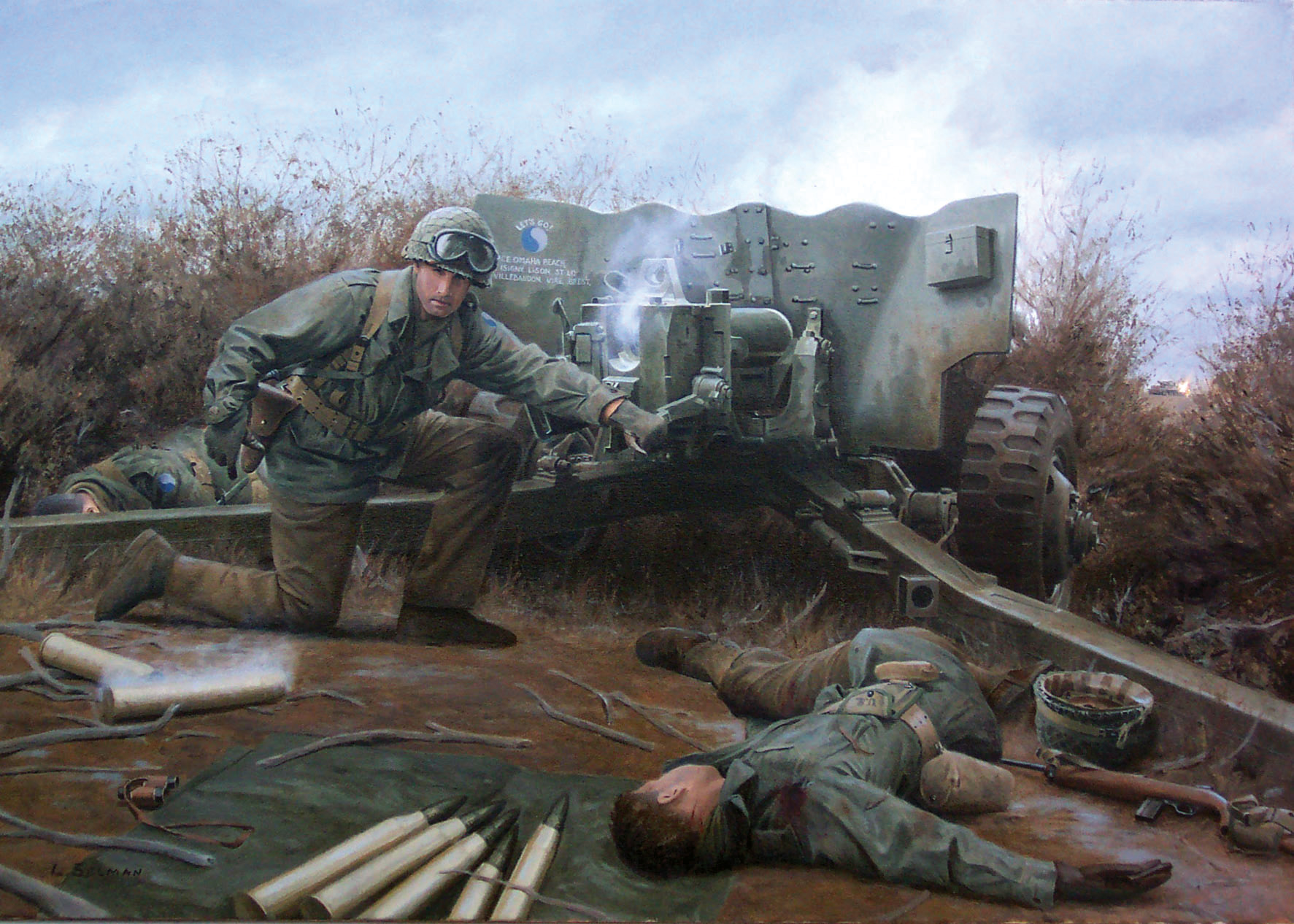
My wife’s fifth great-grandfather, Hercules Mooney, was a member of the New Hampshire militia and was present at Fort William Henry. He and his son, Benjamin barely escaped with the clothes on their backs.
Reader of DeVoto and Parkman. The remnant of the Huron nation had moved west, but with numerous tribes came to fight with the French. I grind my teeth as the movie Last of the Mohicans exclusively focus on the Hurons, and a Huron village in New York! Enjoyed your summary.